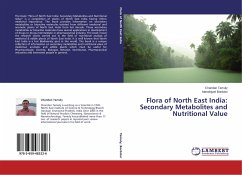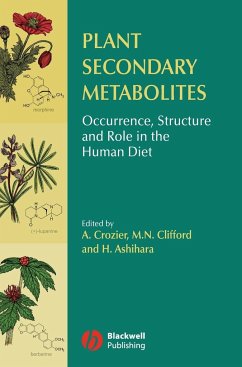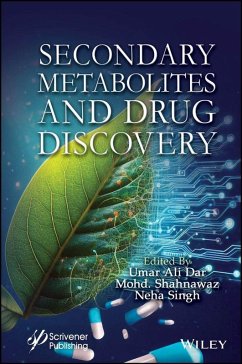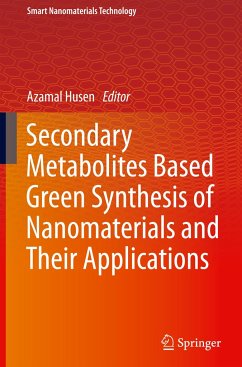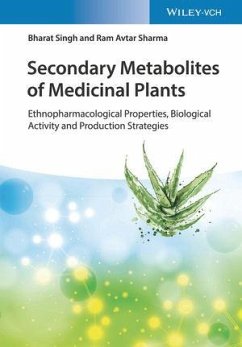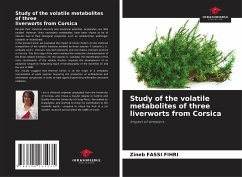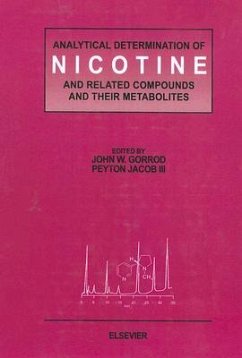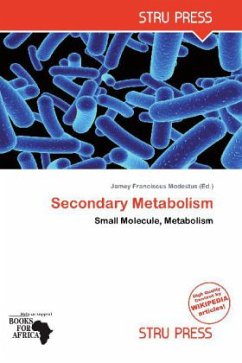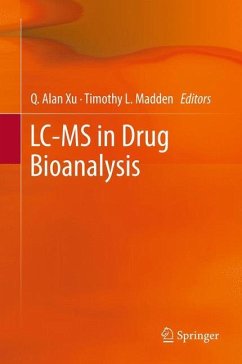
Secondary Metabolites from the Green Macroalgae of the Genus Caulerpa
Isolation, Characterization, and Quantification
Versandkostenfrei!
Versandfertig in 6-10 Tagen
32,99 €
inkl. MwSt.

PAYBACK Punkte
16 °P sammeln!
After the accidental introduction into theMediterranean Sea in 1984, Caulerpa taxifolia (Vahl)C. Agardh became invasive. Based on screening assays,it is assumed that a major factor for survival and/orinvasion is a potent chemical defence system thatproduces toxic secondary metabolites. Various studiesprovide evidence that the main secondary metabolitein Caulerpa taxifolia, Caulerpenyne, is a bioactivesubstance with strong toxicological effects. Theserecent studies suggest the potential use of marinenatural products synthesized by Caulerpa inpharmaceutical applications. This book investigatespo...
After the accidental introduction into the
Mediterranean Sea in 1984, Caulerpa taxifolia (Vahl)
C. Agardh became invasive. Based on screening assays,
it is assumed that a major factor for survival and/or
invasion is a potent chemical defence system that
produces toxic secondary metabolites. Various studies
provide evidence that the main secondary metabolite
in Caulerpa taxifolia, Caulerpenyne, is a bioactive
substance with strong toxicological effects. These
recent studies suggest the potential use of marine
natural products synthesized by Caulerpa in
pharmaceutical applications. This book investigates
potential interspecies variation in secondary
metabolite levels within the green macroalgae from
the genus Caulerpa. The observed qualitative and
quantitative decrease of Caulerpenyne under different
conditions is tested in detail. In addition various
extraction procedures are presented which enable the
establishment of an efficient and reproducible
extraction protocol. This book is addressed to
everyone who is interested in marine natural products
and wants to gain insight into secondary metabolites
of the genus Caulerpa.
Mediterranean Sea in 1984, Caulerpa taxifolia (Vahl)
C. Agardh became invasive. Based on screening assays,
it is assumed that a major factor for survival and/or
invasion is a potent chemical defence system that
produces toxic secondary metabolites. Various studies
provide evidence that the main secondary metabolite
in Caulerpa taxifolia, Caulerpenyne, is a bioactive
substance with strong toxicological effects. These
recent studies suggest the potential use of marine
natural products synthesized by Caulerpa in
pharmaceutical applications. This book investigates
potential interspecies variation in secondary
metabolite levels within the green macroalgae from
the genus Caulerpa. The observed qualitative and
quantitative decrease of Caulerpenyne under different
conditions is tested in detail. In addition various
extraction procedures are presented which enable the
establishment of an efficient and reproducible
extraction protocol. This book is addressed to
everyone who is interested in marine natural products
and wants to gain insight into secondary metabolites
of the genus Caulerpa.



